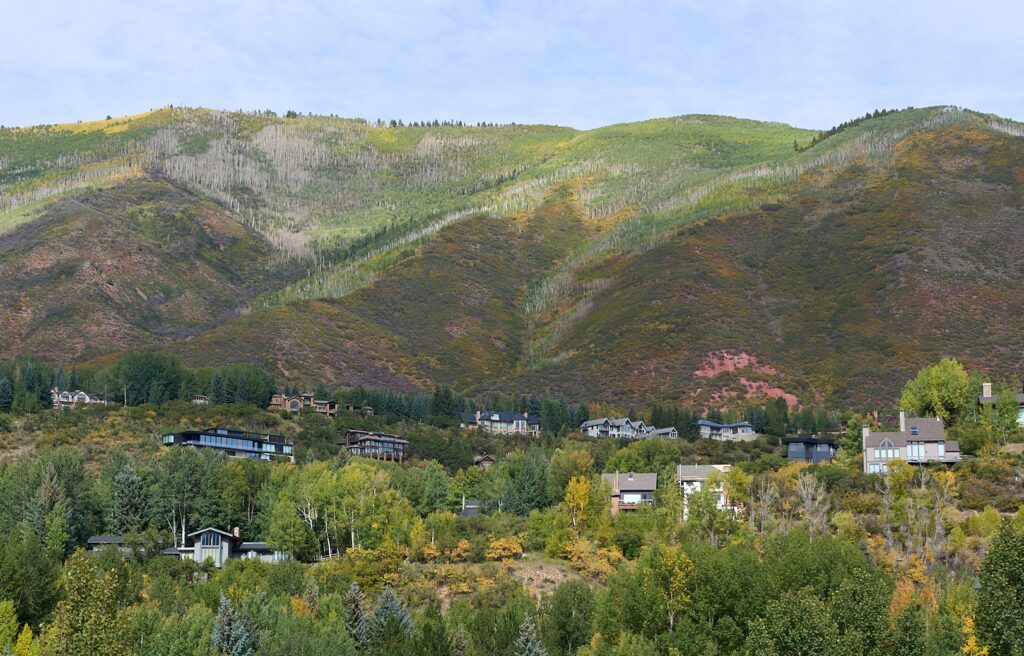Fire on the Mountain
ACES Staff
October 31, 2019

Why are we seeing “red flag” warnings in October? Shouldn’t the fire season be over by now? ACES’ Forest Programs Director, Adam McCurdy, offers the following insight into Colorado’s unusally long fire season.
The 2019 fire season was a welcome reprieve after a devestating 2018, which served as Colorado’s third largest wildfire season behind 2002 and 2012. In early May 2019, the summer fire outlook was released by state fire officials with estimates for a lighter than average fire season. In many cases, these predictions were accurate. The highest wildfire danger for Colorado is typically in late June and early July after the winter snowpack has mostly melted and before the summer monsoons have started. But, as anyone who tried to access the high country this year knows, there was still plentiful snow in early July (not to mention historic levels of avalanche debris).
The past two weeks have felt like a return to our wet and cold spring. Unless it involved a comfortable couch and a cup of hot chocolate, fire is far from our mind. While the fire season is now officially over for Colorado’s high country, it did end on an unusual and concerning note. With the recent snow, it’s easy to forget the particularly hot and dry summer and early fall. Yet on the Western Slope, this July, August, and September were tied for the driest consecutive months since 1895, and the second hottest (only surpassed by last year). As a consequence of this particularly dry weather, we saw something unusual: September fires in the Colorado mountains.
In a typical year, there should be plenty of moisture in the mountains of Colorado following a summer of afternoon monsoons. As temperatures drop, any fires that occur are small. Between 1992 and 2015, the largest September fire recorded above 9,500 feet was 800 acres and there were only five fires over 100 acres. However, this year alone we’ve had three fires grow to over 100 acres at higher elevations: the Decker Fire at 8,959 acres, the Cow Creek Fire at 858 acres, and Granite Lakes Fire at 720 acres. Compared to past data, these numbers are staggering. The Decker Fire alone was larger than all September fires in Colorado between 1992 and 2015 combined.
We know the fire season is getting longer across the United States. Part of this is due to an increase in the number of humans on the landscape and therefore, increase in human-caused wildfires (the Granite Lakes Fire and Decker Fire were both lightning-started, while the Cow Creek Fire is likely human-caused). The other factor is climate change. Colorado is undeniably getting warmer: between 1960 and 2015, average temperatures in Colorado increased by 3 °F. Warmer weather means drier forests and more fires.
Photo courtesy of inciweb.gov.
Related Content

RFV Phenology: Green is out, yellow is in! Or is it?
Learn More
ACES // City of Aspen Open Space Birding: Marolt Open Space 9/5/2024
Learn More